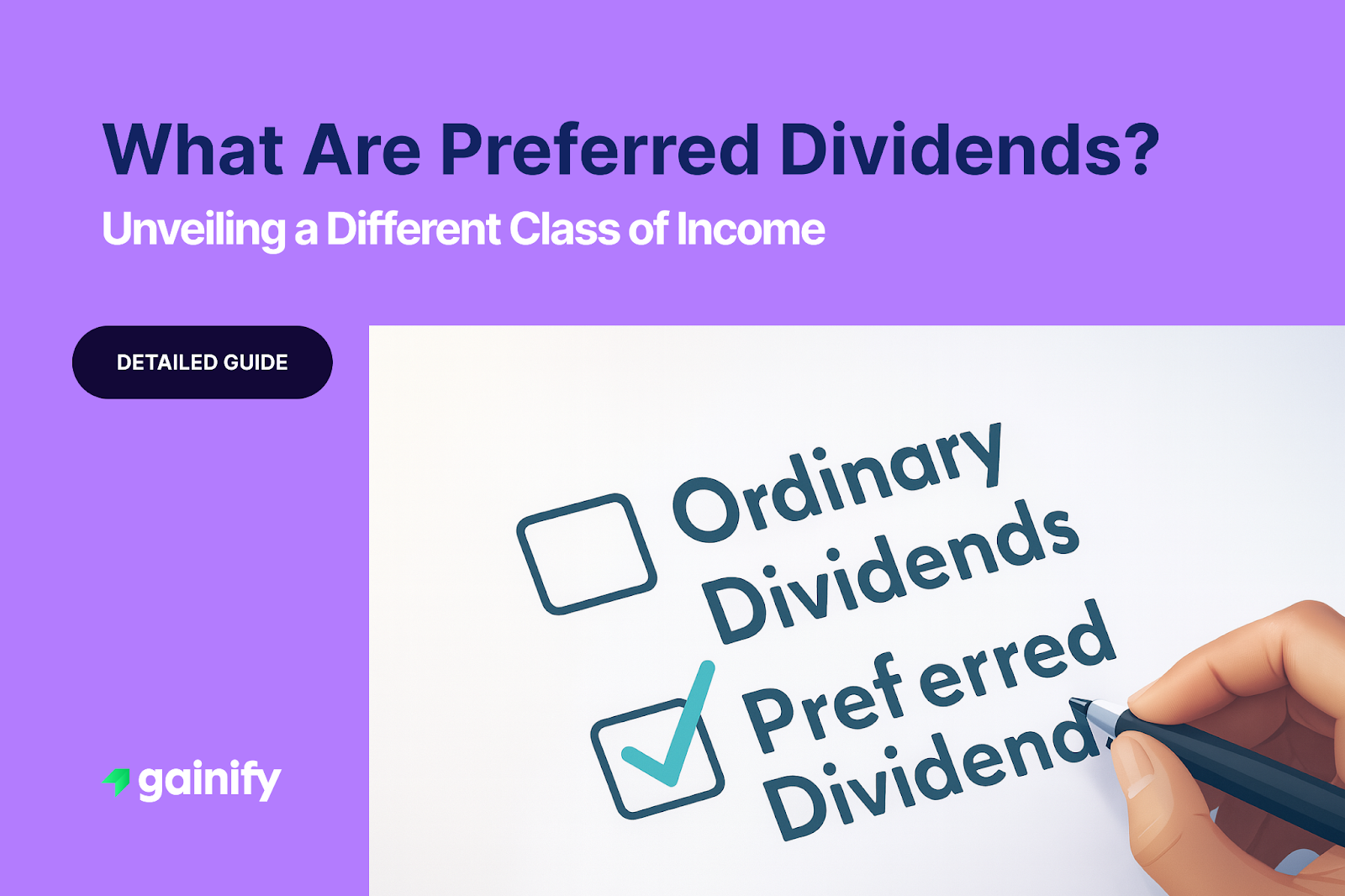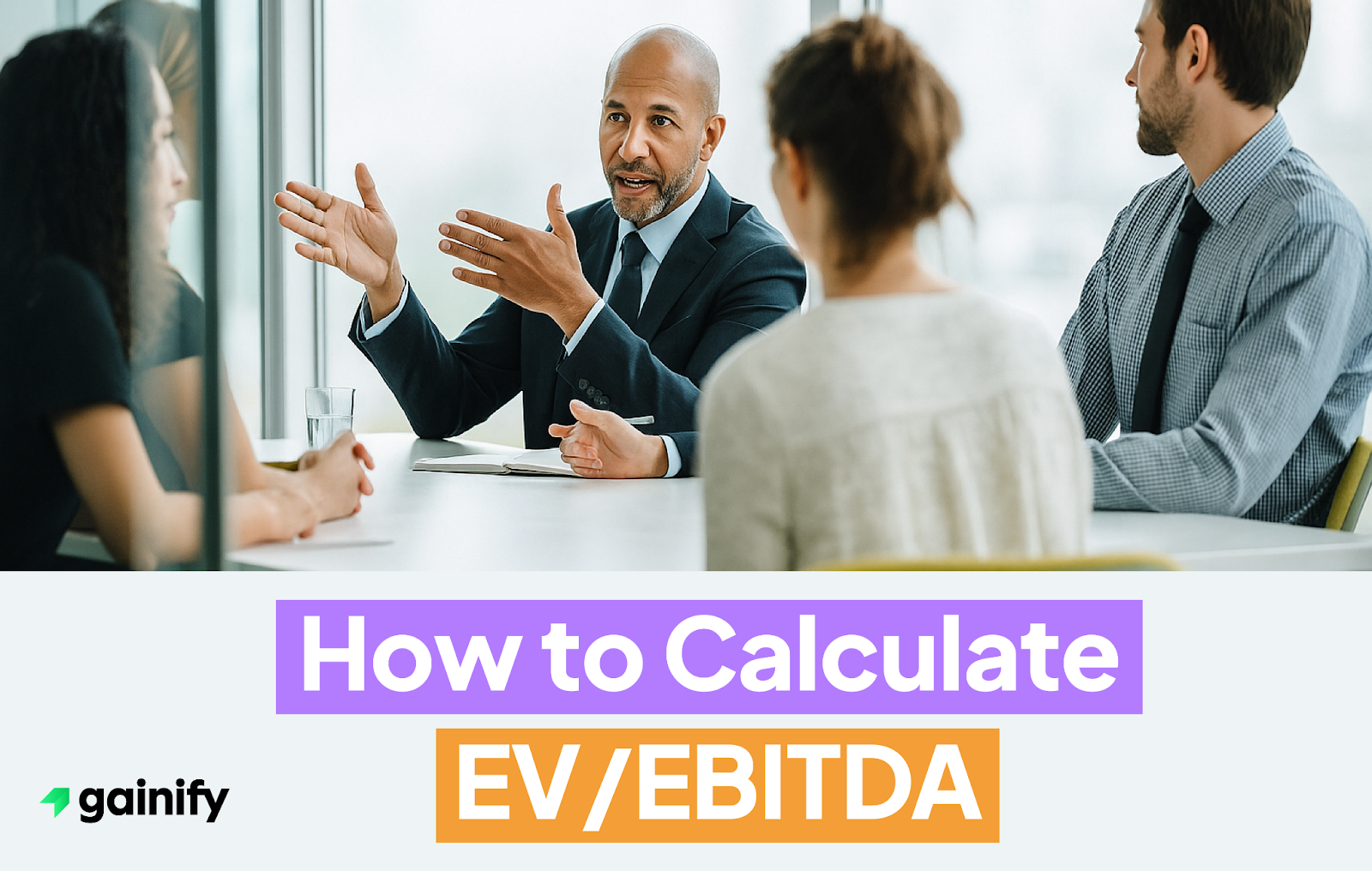Navigating the world of investments can often feel like deciphering a complex code, filled with terms that seem designed to confuse rather than clarify. Among the many components of a company’s financial structure, dividends stand out as a tangible benefit for shareholders. But not all dividends are created equal. If you’ve ever wondered about the different types of payouts public companies offer, particularly those that promise a unique blend of stability and income, you’re on the right track to becoming a more informed investor.
Many investors are familiar with common stock dividends, which fluctuate with a company’s earnings and are paid at the discretion of the board. However, a less discussed but equally important type of payout exists: preferred stock dividends. These represent a distinct category of income, offering features that can appeal to a specific kind of investor looking for predictability and a senior claim to earnings from a company’s operations. These are often held by preferred stockholders who prioritize consistent regular income payments.
Imagine an investment that acts like a hybrid, blending aspects of both stocks and bonds. That is essentially what preferred shares, also known as preference shares, and by extension, their dividends, offer. They are often referred to as hybrid preferred securities due to their blend of stock-like characteristics (equity ownership, though limited) and bond-like characteristics (fixed payments). They can provide a steady income stream, often with a fixed payout rate, making them particularly attractive in certain market conditions or for those prioritizing income generation in their investment plan.
This guide will demystify preferred securities, explaining what are preferred dividends, how they work, and why they might be a strategic addition to your investment portfolio. We will uncover their unique characteristics and explore how they offer a different risk-reward profile compared to common stock dividends, ultimately helping you understand this distinct class of income on the stock market.
What Exactly Are Preferred Dividends?
Preferred dividends are fixed income payments made to holders of preferred stock.
Unlike common stock dividends, which can vary or be suspended without direct consequence (beyond market reaction), preferred stock dividends typically have a stated dividend rate or amount that must be paid before any dividends can be distributed to common stockholders, also known as ordinary shareholders. This seniority in the payment structure, reflecting their dividend obligations, is a cornerstone of preferred shares.
Companies issue preferred stock for various reasons, often to raise capital without diluting common shareholders’ voting power, as preferred shares usually carry no voting rights relevant to corporate governance. In return for this lack of voting influence, preference shareholders receive the benefit of dividend preference. This means that in the event a company declares dividends, preferred stockholders are paid first. If a company faces financial difficulty and cannot pay all its dividends, common shareholders bear the brunt, while preferred shareholders have a prior investor claim on asset distribution.
The fixed nature of preferred dividends makes them behave somewhat like bond interest payments. Investors know in advance what income to expect, assuming the company remains financially solvent. This predictability can be a significant advantage for income-focused portfolios, providing a more stable stream of returns compared to the variable nature of common stock dividends. It is crucial to remember that these are distinct from common stock’s earnings per share figures.
Key Characteristics of Preferred Dividends
To fully grasp the value proposition of preferred dividends, it’s essential to understand their defining characteristics:
- Fixed Dividend Rate: Preferred shares typically pay a fixed dividend amount or a fixed percentage of their par value. For example, a preferred share with a $100 par value and a 5% dividend rate would pay $5 per year, usually in quarterly installments. This fixed payout contrasts sharply with common stock dividends, which can be raised, lowered, or eliminated.
- Dividend Preference: This is perhaps the most significant feature. Preferred shareholders have a higher claim on a company’s earnings and assets than common shareholders. In the event of liquidation, preferred shareholders are paid before common shareholders, although after bondholders and other creditors.
- No Voting Rights: A trade-off for dividend preference and seniority is that preferred shareholders generally do not have voting rights in company matters. This means they cannot influence corporate decisions, elect board members, or vote on mergers and acquisitions.
- Cumulative vs. Non-Cumulative:
- Cumulative preferred stock means that if a company misses a dividend payment, it must pay all missed dividends, referred to as dividends in arrears, to preferred shareholders before any dividends can be paid to common shareholders. This provides an added layer of protection for income investors.
- Non-cumulative preferred stock does not carry this protection. If a payment is missed, it is simply lost and does not accrue. Most preferred shares issued today are cumulative, making them more attractive to investors seeking consistent income.
- Convertible Feature (Optional): Some preferred shares are convertible preferred stock, meaning they can be converted into a fixed number of common shares. This feature offers convertible preferred shares holders the potential to participate in the upside of the common stock’s appreciation, while still enjoying the fixed income and preference of the preferred shares. This provides a bridge between debt and company ownership.
- Callable Feature (Optional): Many preferred shares are callable preferred stock, meaning the issuing company has the right to buy back the shares from investors at a specified price after a certain date. Companies often exercise this right when interest rates fall, allowing them to reissue new preferred shares at a lower dividend rate, or when they no longer need the capital. These often include buyback clauses within their terms.
- Participating Preferred Stock (Optional): While less common in the public markets, Participating Preferred Stock offers an additional benefit. Beyond receiving their fixed preferred dividend, these shares also allow holders to receive an additional dividend, often on a pro-rata basis with common shareholders, if common dividends exceed a certain threshold.
The Unexpected Perspective: When Fixed Can Be Fleeting
While preferred dividends offer attractive stability and seniority, it is crucial to consider a unique perspective: their fixed nature can also be their greatest vulnerability, particularly in certain economic environments. From the traditional viewpoint, fixed income is a strength, providing predictable returns. However, in a rising interest rate environment, this fixed payout becomes less attractive.
Consider this: If a preferred share pays a fixed 5% dividend and interest rates for comparable risk investments rise to 7%, new preferred issues or bonds, such as investment-grade corporate bonds or U.S. Treasury securities, will offer higher yields. This makes existing preferred shares with lower fixed yields less desirable, potentially causing their share price to fall to bring their effective yield, reflecting the real rate of interest, in line with new market rates. This is especially pertinent during inflation periods.
Moreover, the callable preferred stock feature can mean that just as a company becomes highly profitable and its common stock soars, your preferred shares, with their fixed dividend, might be called away by the company at their issuance price or a slight premium. This could prevent you from fully participating in the growth you might have anticipated if you held common shares. This effectively caps your upside potential, ensuring you only receive the stated call price, even if the company’s fortunes have vastly improved. It underscores that while preferred shares offer income stability and lower volatility than common stocks, they trade away significant capital appreciation potential and can be redeemed at the issuer’s convenience, not the investor’s.
Who Benefits from Preferred Dividends?
Preferred dividends are often favored by income-oriented investors and those seeking portfolio stability. This includes:
- Retirees and income seekers: The predictable fixed payments, often viewed as regular income payments, can provide a reliable stream of income to cover living expenses.
- Institutional investors: Large funds and corporations often use Preferred Securities for their stable income and lower risk profile compared to common stocks.
- Conservative investors: Those who prioritize capital preservation and consistent returns over aggressive growth might find preferred dividends appealing, similar to holding investment-grade bonds or even a U.S. Treasury bill.
Finding Preferred Dividends: Where to Look
Preferred shares are issued by a variety of companies, often those in capital-intensive industries such as:
- Financial institutions: Banks like Bank of America and J.P. Morgan, along with insurance companies and investment firms, frequently issue preferred stock. Some may even issue trust preferred stocks.
- Utilities: Power, gas, and water companies often use preferred shares to fund their infrastructure projects.
- Energy Infrastructure: Companies involved in oil and gas pipelines or organized as master limited partnerships (MLPs) can also be sources of preferred securities.
- Real Estate Investment Trusts (REITs): REITs are legally required to distribute a high percentage of their income, and many issue preferred shares to raise capital.
You can find information on preferred shares and their associated dividends through standard financial data providers, equity research platforms like Gainify, and company investor relations websites. Looking at a company’s financial statement, particularly the balance sheet, will show its preferred stock outstanding, and its income statement will reflect preferred dividend payments stemming from net income and retained earnings.
FAQs About Preferred Dividends
Q: Are preferred dividends guaranteed?
A: Preferred dividends are not guaranteed in the same way bond interest is. A company’s board of directors must still declare the dividend. However, preferred dividends have a higher priority than common dividends. If the company does pay any dividends, preferred shareholders must be paid in full before common shareholders receive anything. For cumulative preferred stock, any missed payments, or dividends in arrears, must be made up before common dividends can resume.
Q: Do preferred shares have voting rights?
A: Generally, no. Preferred shares typically do not carry voting rights related to corporate governance. This is a key trade-off for their dividend preference and seniority in the capital structure.
Q: How do preferred dividends differ from common stock dividends?
A: Preferred stock dividends are usually fixed and have a higher payment priority over common dividends. Common dividends are variable, subject to change based on company performance and earnings per share, and paid only after preferred shareholders have received their due. Preferred shares also typically lack voting rights, which common shares usually possess. This highlights the core difference in Preferred Stock Vs Common Stock.
Q: What is a callable preferred stock?
A: A callable preferred stock gives the issuing company the option to repurchase the shares from investors at a predetermined price on or after a specified date. Companies might do this if interest rates fall, allowing them to issue new preferred shares at a lower preferred dividends calculation cost, or if their financial situation improves and they wish to reduce their preferred equity. These are essentially buyback clauses.
Q: Are preferred dividends taxable?
A: Yes, preferred dividends are generally taxable as ordinary income in most jurisdictions, similar to interest income from bonds. Investors should consult with a financial advisor regarding their specific tax situation.
Q: How can I assess the safety of preferred dividends?
A: Beyond checking the company’s overall financial health, look at the dividend coverage ratio. This metric compares the company’s earnings or cash flow to its total dividends payout, including preferred obligations. A higher coverage ratio indicates a greater ability to meet its dividend obligations. It is also wise to understand the company’s retained earnings as a source of future payments.




